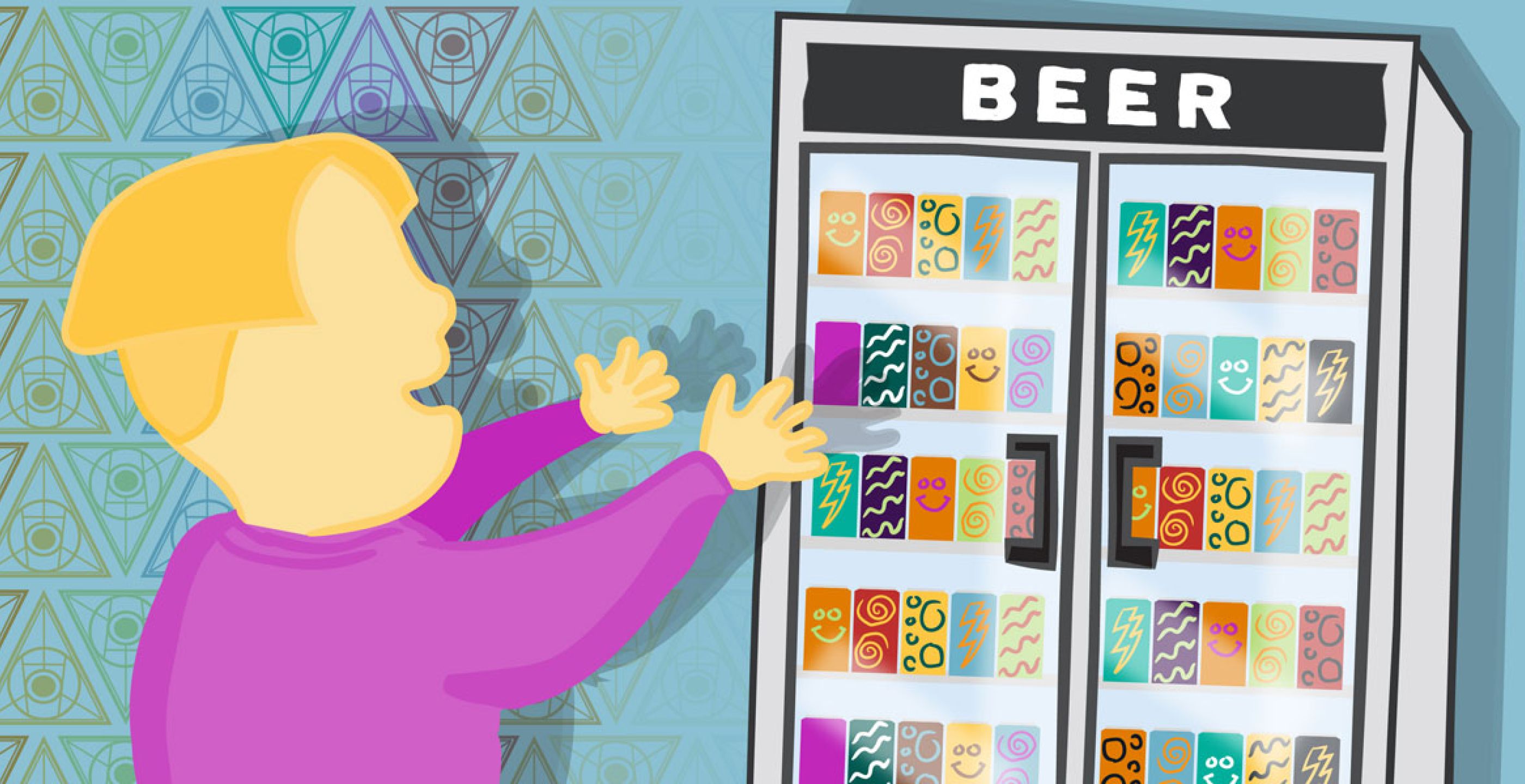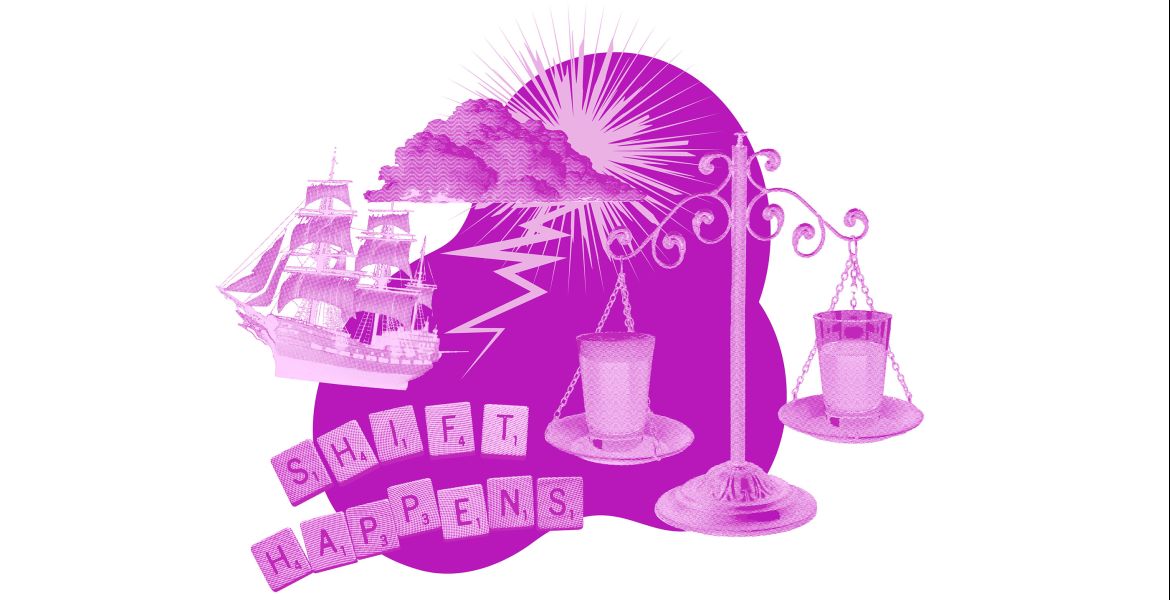Whether it's can designs deemed likely to appeal to minors or social posts encouraging excessive drinking, the local beer world has been keeping ABAC – the Alcohol Beverages Advertising Code – busy over the past year or so.
Cheeky Monkey were reprimanded for their Ri-beer-na release and are currently reworking a couple of designs in their recently relaunched lineup due to concerns the initial versions looked like soft drinks. Hop Nation have agreed to work with ABAC on a redesign of their popular Jedi Juice cans after the current version was adjudged appealing to minors. Rocky Ridge fell foul for their Orange C NEIPA. And Southern Bay aren't alone in being reprimanded for promotions seen to encourage excessive drinking after a tweet of theirs was reported to ABAC last December.
As the craft beer industry matures and reaches into more areas of Australian life, there is a greater number of eyes on it, meaning such issues – like those related to IP we addressed last year – are more likely to arise. They have the potential to prove troublesome for the businesses involved but also, potentially, the wider industry.
“By tripping over, you’re not just bringing attention to yourself as a business," says Jamie Cook, chair of the Independent Brewers Association (IBA). "You’re actually bringing attention to the industry and that’s something we all have to bear in mind as independent brewers.
“That’s fine in some industries where the only people who are going to be impacted by those actions are the businesses doing it. But unfortunately – and fortunately – for the brewing industry, it’s a broader community than that and the actions of one can actually impact on the other.”
So, why do such issues appear to be happening with greater regularity? What is their potential impact? And what can beer businesses do to ensure they don't run into trouble?
When it comes to the greater regularity, some balance is required. As pointed out in a past article that looked at the rising number of breweries closing or being put on the market, to a degree it's because there are, simply, more brewing companies in existence. When you're dealing with around 600 brewing companies, some of whom are releasing in excess of 20 new beers each year, there's a far greater likelihood of packaging or advertising campaigns drawing ire.
Indeed, a total of 61 determinations were made last year, of which 40 were dismissed and 21 upheld. And there have been just five breaches from craft breweries in the last 12 months.
Yet, while they’re small numbers and the code is non-binding, as the industry continues to grow, it's worth asking whether brewery owners and their staff understand ABAC guidelines; after all, they know their way around RSA regulations. And, looking at it another way, do such rulings risk putting something of a straitjacket on an industry that prides itself on creativity?
What is ABAC?
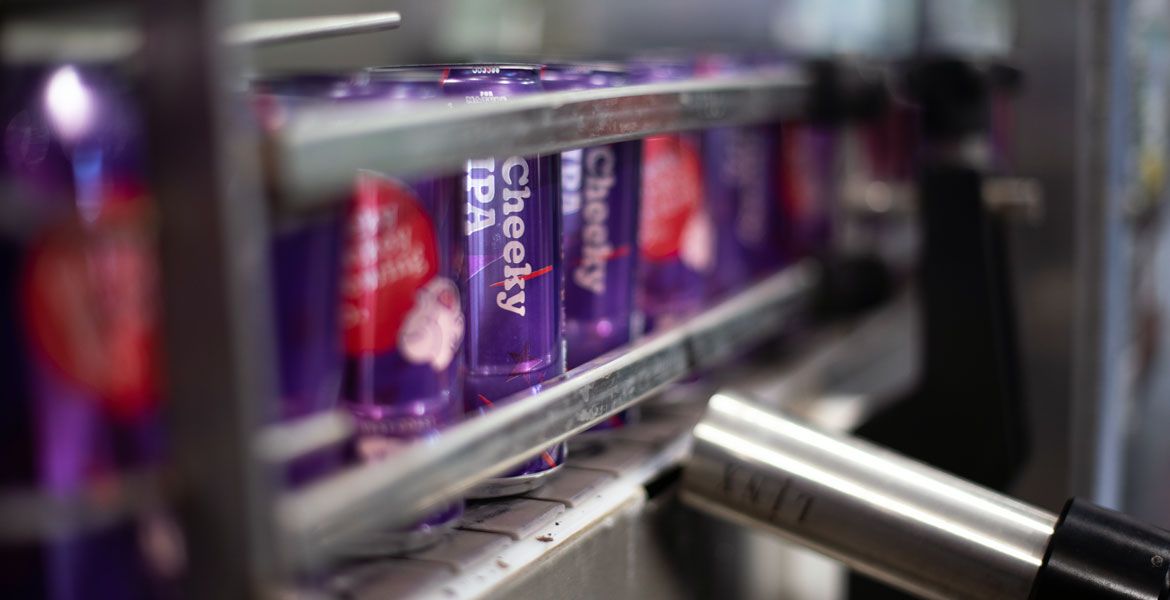
The Alcohol Beverages Advertising Code sets the standard for alcohol marketing in Australia. You can find the Code here; it deals with the whole gamut of of booze-related marketing, whether it’s TV ads, promotional posters in bottleshops or social media campaigns. Included in the Code are guidelines dictating that you can’t encourage excessive drinking, appeal to anyone under the age of 18, or suggest drinking can in any way lead to personal success.
The scheme is often described as quasi-regulatory, meaning signatories are expected to abide by it. But there’s no law requiring small breweries to follow the Code and ABAC staff won't remove a beer from fridges and shelves even if they've adjudicated against it.
In the beer world, CUB, Lion and Coopers are all signatories; so too are the major alcohol retailers Dan Murphy’s, BWS and Coles. And, more recently, Independent Brands Australia – which counts retail chains including Cellarbrations, The BottleO, IGA Liquor, Duncans and the Thirsty Camel under its banner – signed up.
In terms of the scheme's operation, ABAC doesn't scour the market looking for potential breaches, but acts upon complaints. These can be made online and anonymously, are easy to make, and are dealt with by an independent panel of adjudicators, with the cost of the scheme borne by its signatories.
At time of writing, none of Australia's small, independent breweries were signatories and neither is the Independent Brewers Association (IBA). So why worry about it?
One reason, according to Harry Jenkins, ABAC's independent chair and a former Speaker of Australia’s House of Representatives, relates to a brewery's desire to see their products ranged in major retailers.
“If they have ambitions to have one of the bigger retailers sell their product then they’re soon going to follow the suggestion that they cooperate,” he says.
“The peer group pressure, and the mechanisms that signatories have, play an important part. That’s a fairly powerful way to persuade people into doing the right thing – even if they’re not signatories.”
As for the recent run of cases involving small beer businesses, he says: “In the overall scheme of things, it’s still a small amount, but the disturbing feature is, of those small amounts of complaints, more are being adjudicated as being a breach of the code.
“We’d like that to get back to the normal level.”
The former Labor MP says ABAC has focused on making the Code understandable and they work to make sure those covered by it understand it too. The growing number of brewing companies has also created a greater need to focus on educating those new entrants – something they look to achieve through publications like this. The goal is to make sure people understand the Code and what’s required of them to reduce complaints so that, if complaints are made, they aren’t going to be upheld as breaches.
“The changing nature of the industry players means we just have to work harder at our educative role,” Harry says.
“[Craft beer is] an innovative sector that prides itself on not being traditional with products and might then go through with not necessarily being traditional with packaging or marketing, and that’s where the risk has increased.”
HOW DOES ABAC WORK?
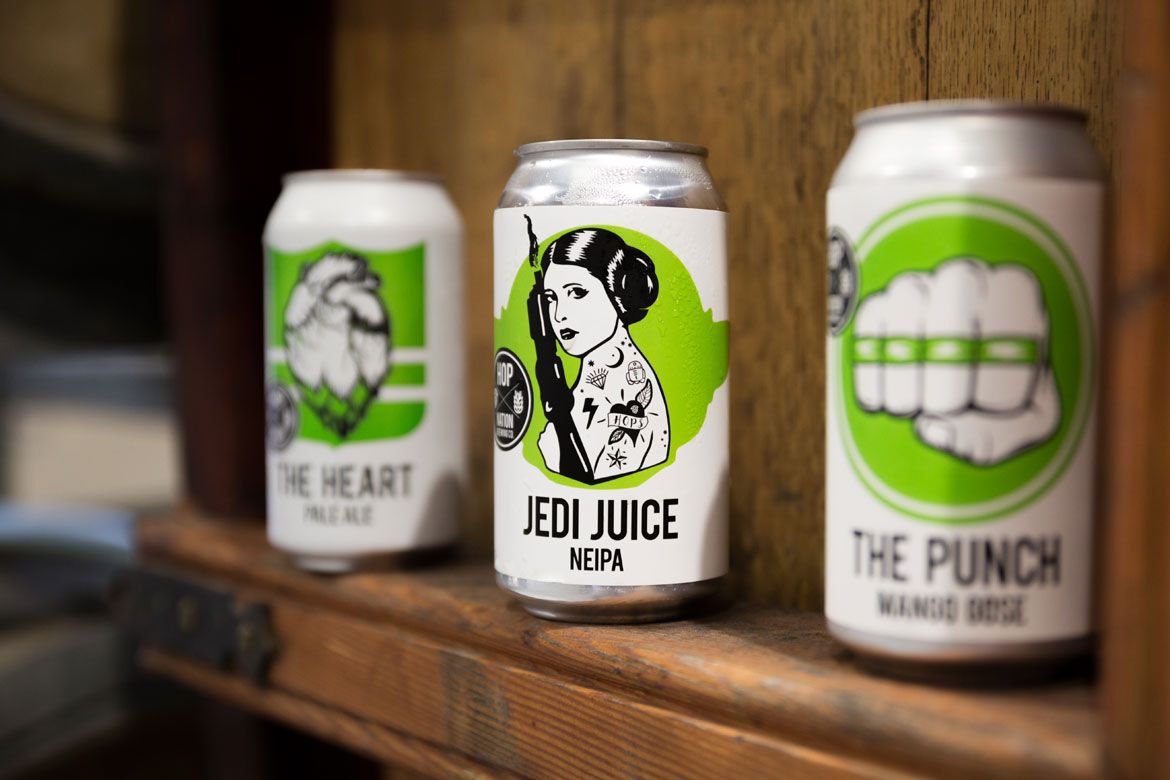
As to how it comes to decisions, ABAC panels apply a “reasonable person” test; a common law idea that considers a hypothetical person who reflects the standards and attitudes of wider society. In other words, the panel steps back and looks at widespread values and understandings in the entire community – not just people who drink craft beer.
“You could say that a potential customer would understand the packaging but we’ve got to take a step back a little bit further beyond just the potential customer and look at the people who could potentially see it," Harry says.
"What would a reasonable person see?”
Jamie, also a co-founder of Stone & Wood, says the IBA recommends "any brewer, or anyone producing alcohol, goes through that ABAC training so they understand exactly what the Code means and it’s about.
“It’s really about making sure we’re aware of the consequences of our actions in terms of marketing and that’s what ABAC is all about: trying to help the industry to protect itself.”
Harry points to the fact that all non-signatories who have fallen foul of the Code to date have abided by the decisions.
“They might have done that through gritted teeth and we understand that,” he says. “But we hope this has an educative role where we can get a balance between what a producer might want to do and what they can do in relation to the Code."
While the breaches are the aspect of ABAC that grab the headlines, its pre-vetting service is proving ever more popular and is designed to help businesses ensure their products and promotions won't fall foul. Last year, a record 1,751 pre-vetting requests were made.
Everything covered by the Code can be pre-vetted and, while it might limit the likelihood of a breach, it isn’t a guarantee a future complaint won’t be upheld.
“I hope that craft brewers would consider that getting things pre-vetted would lessen the amount of headaches they could have with their marketing strategies,” he says.
One brewery making full use of the service is Cheeky Monkey. The WA brewery launched a new look and new lineup in April of this year before, in June, ABAC upheld a complaint against their IPA and Mid cans, which were seen as having the potential to appeal to minors, as well as aspects of their new website. It was the second time they'd been deemed to have breached the code, following the aforementioned decision involving Ri-beer-na Berliner Weisse in June 2019.
“It only costs a few hundred dollars to get your product pre-vetted and, if it was me, I probably should have done it a bit earlier,” says managing director Brent Burton.
“One thing I learnt from the whole process is that it’s not one particular element on the can – it’s a combination of those elements In our case it was three or four elements that made the cans appeal to minors so we’re just adjusting them.”
If the thoughts of the Cheeky Monkey team at this month's Perth Craft Beer Fest are anything to go by, they're happier with the upcoming redesign, but it's still been a time-consuming and costly process.
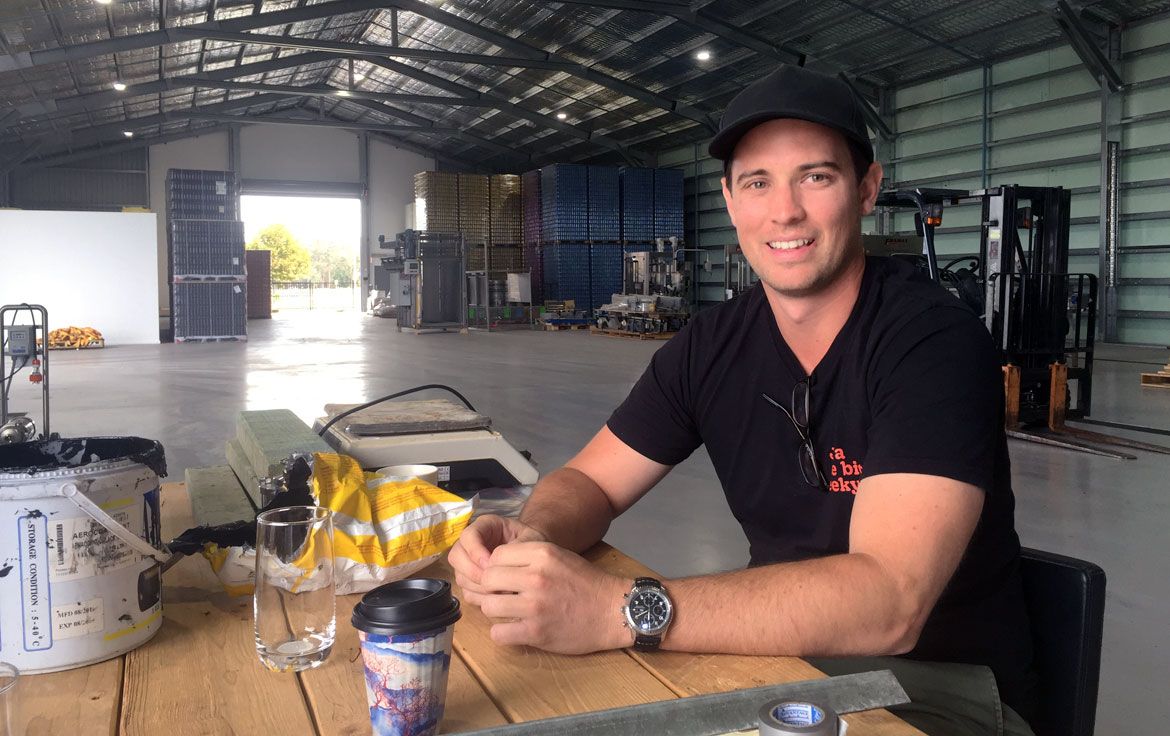
Moving With The Times
The pre-vetting of packaging is one thing, but the fast-moving and voracious nature of social media – where many businesses do much of their marketing these days – presents other challenges.
While instances where posts or memes are seen to encourage excessive drinking should be easy to avoid, there are other ways in which businesses could run into trouble, such as the featuring of minors in social posts. In such cases, ABAC panels can consider whether the involvement of minors is incidental or central to the promotion. For example, having kids run past your brewpub in a video shared as an Instagram story is one thing, but if young people are the focus of a post or campaign, they should be over 25.
“The instantaneous nature of capturing a moment or a particular image and banging it straight up there can sometimes see people fall into a trap from the fact they just haven’t had a chance to think about it or go through some rigour about what they’re actually posting,” Jamie says.
“It can be slightly casual and a real life situation, it’s not a staged photo, so there’s unintended things in that shot that you might not have thought of when you took that photo.”
In terms of avoiding missteps, he says: “I think it goes back to the people sitting at the keyboard, driving the social media activities of each business, really needing to make sure they’re fully across the ABAC code and have gone through some training around it.
"It’s the same way every brewery should have a social media policy in general, in terms of from a business perspective on what they say and don’t say on there.”
It's something of a new challenge for ABAC too: when it was founded in 1998 influencers didn't exist and most beer marketing was done through print, radio and television.
Harry says: “Social media is a challenge for all of us, and it’s not just alcohol and marketing – it’s across the board. We’d recommend people have a look at the best practice code and then they can do the responsible thing.”
And, while not everyone will agree with every single ABAC decision – himself included – he sees the debate around ABAC as healthy and believes the organisation is relatively nimble and flexible due to its quasi-regulatory nature.
Meanwhile, as the craft beer industry grows and more people become aware of it, the use of social media to put one's products in front of a large audience will only grow.
“Unfortunately, the immature nature of our industry means we’ve been used to talking to the converted, the highly engaged consumers," Jamie says. "And if we want the industry to grow then we have to move out to beyond those highly engaged, already converted consumers.
“I think, as we go into a broader set of beer drinkers out there to build our community larger, the messaging has to be different and we need to be conscious that they don’t hold the same perceptions of values around what they think it right and wrong.
"You have to be a little bit more thoughtful about how you position yourself if you want to attract a larger audience.”
You can find out more by visiting the ABAC website.



